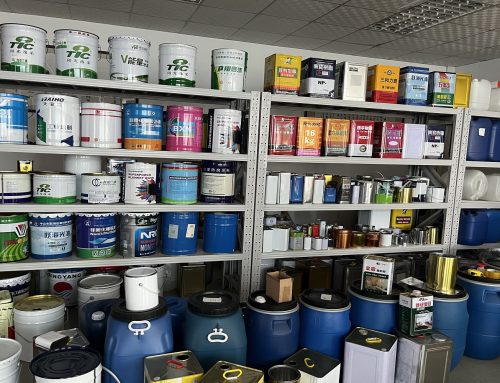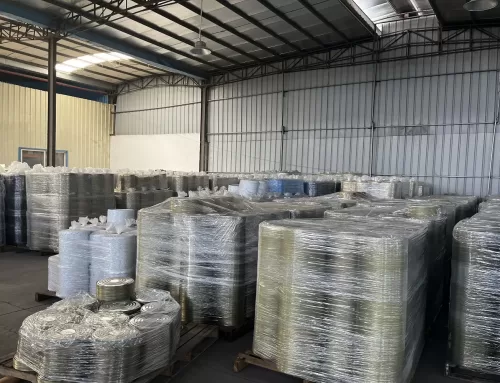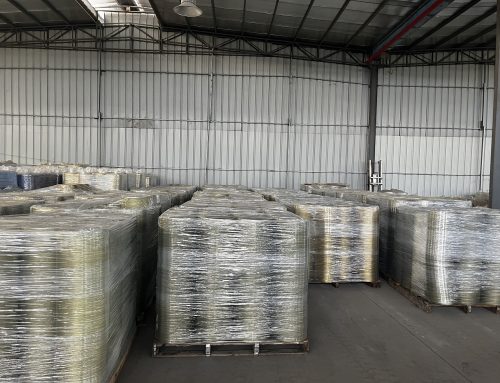Since 1978, with the development of resistance welding and Super-WIMA (Superior Weld Integrity Measurement and Analysis) in can manufacturing, the overlap of can weld seams has reduced to 0.4–0.6mm. Lead-free resistance-welded tin-plated cans are widely used in the production of food and beverage cans, significantly improving the overall quality of can body weld seams. To achieve flawless can body weld seams, it is essential to apply a protective layer to the weld seams without compromising the contents. The protection and anti-corrosion process for can body resistance weld seams has been widely adopted, ensuring the safe and reliable use of resistance-welded cans. The process involves the use of seam coating equipment and coating curing ovens, as shown in Figure 3-50.
However, the protective and anti-corrosion requirements for can body weld seams vary based on different factors, including geographical location, can content, and storage time. Therefore, addressing the corrosive nature of weld seams is a significant challenge, as corrosion can manifest in various forms. Additionally, factors such as the sterilization process of canned products and the impact of carbonated beverages, like beer and soft drinks, pose various technical challenges to the seam coating process.
The protection and anti-corrosion process for weld seams mainly involve two stages: the weld seam coating process and the curing process for the applied coating. These processes can be categorized based on the coating type into liquid coating and powder coating processes. The coating thickness and protective effects vary accordingly, as illustrated in Figures 3-51, 3-52, and 3-53.




